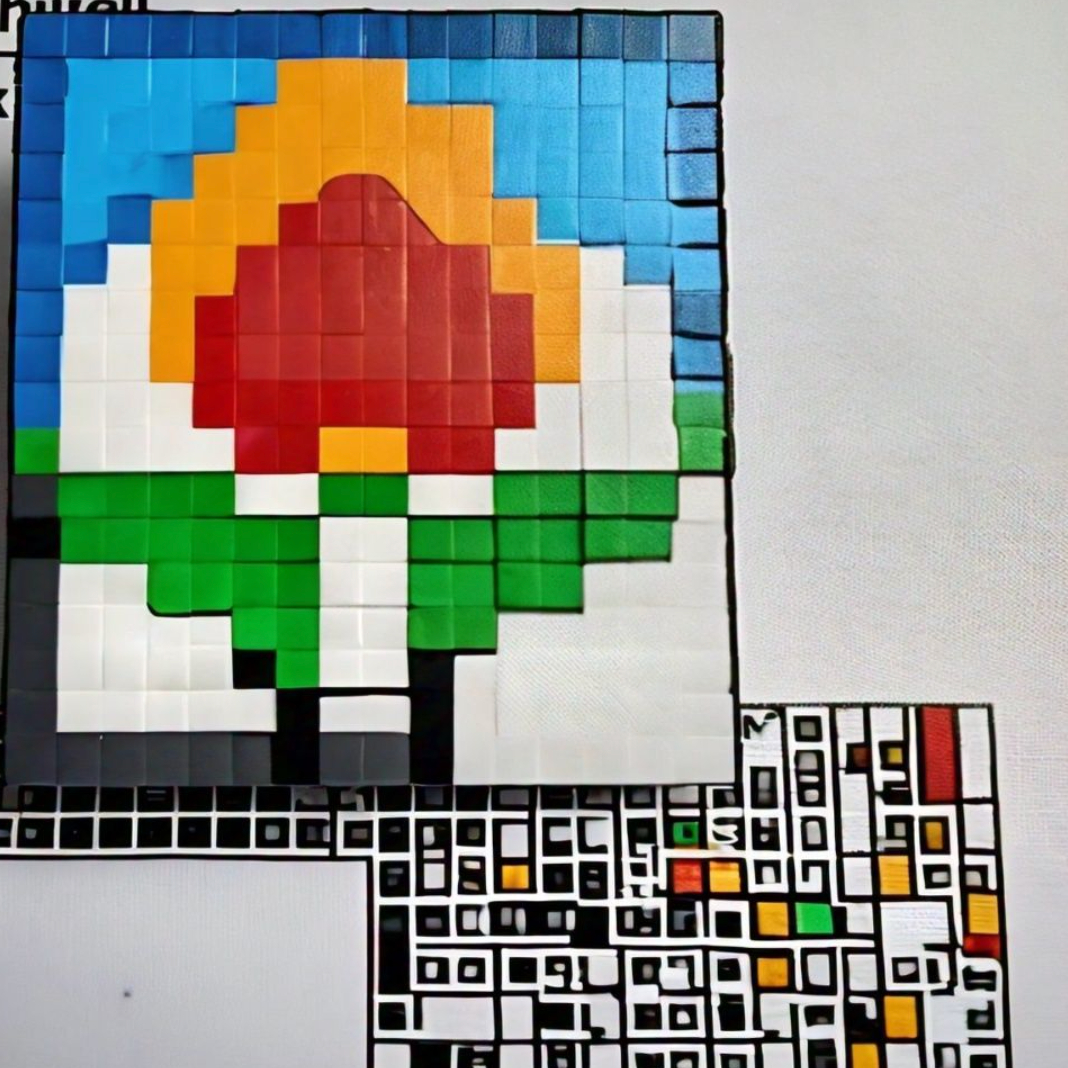213 reads
AnimateDiff Combines with ControlNet for Precise Motion Control and High-Quality Video Generation
by
November 19th, 2024
Audio Presented by

Transferring the essence of optimal performance, and saving the model from the abyss of underfitting.
Story's Credibility

About Author
Transferring the essence of optimal performance, and saving the model from the abyss of underfitting.